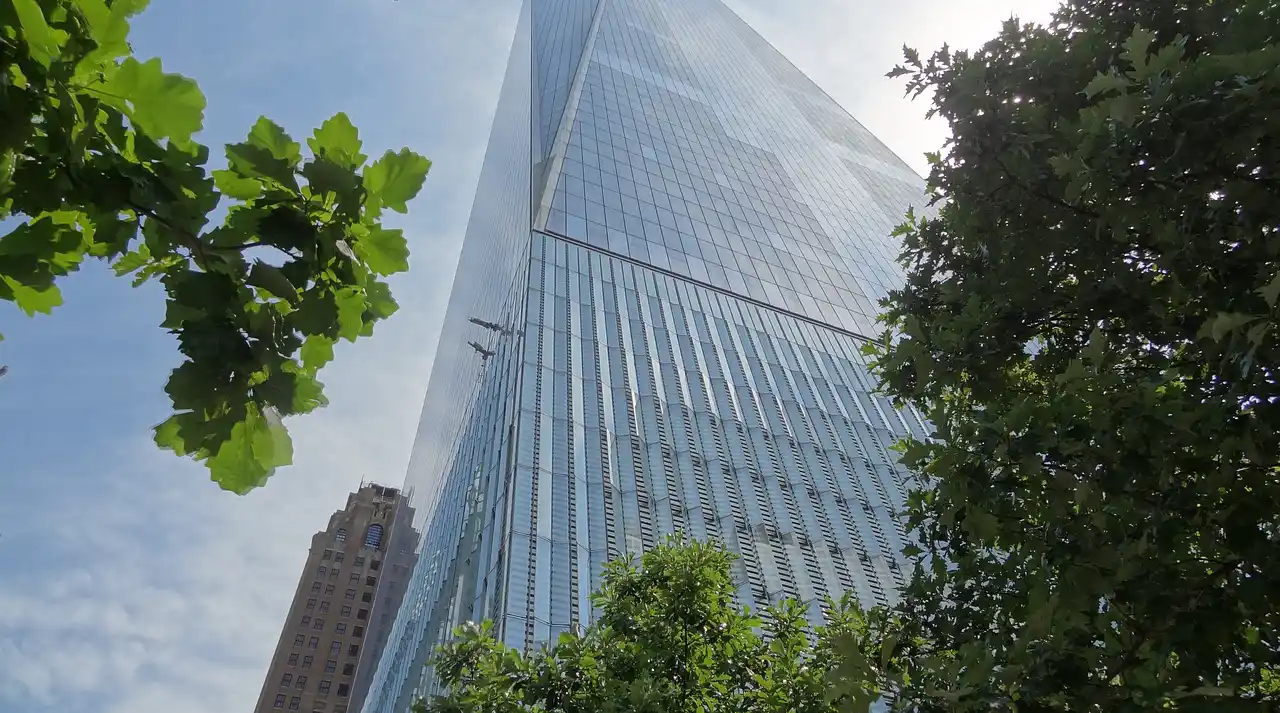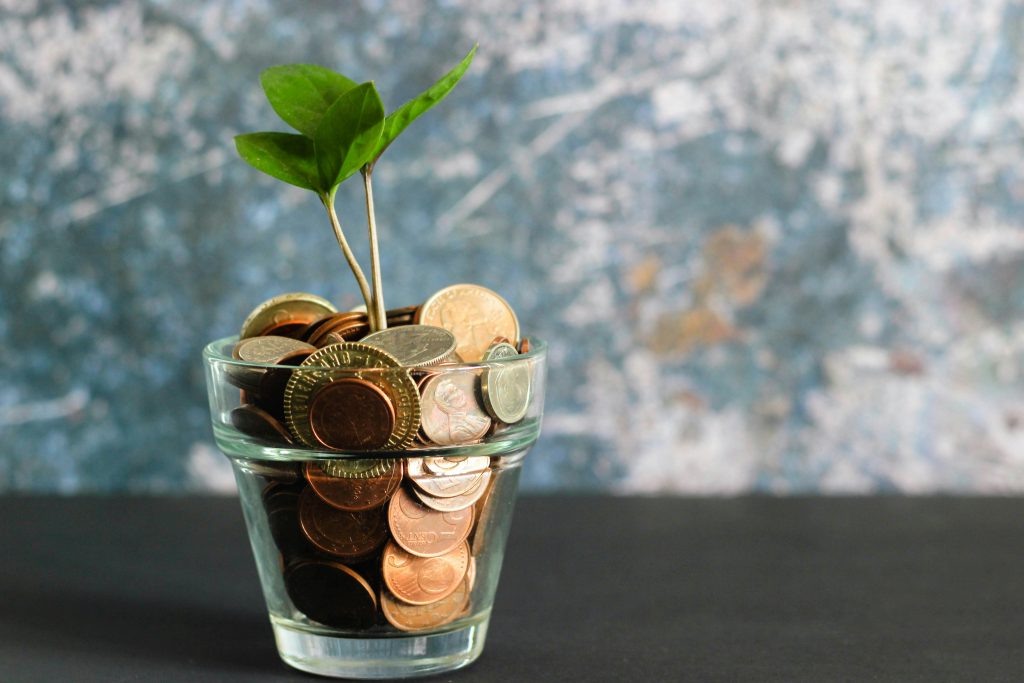Higher interest rates are taking the appetite from property buyers and it means falling house prices, but at the same banks are winding back how much people can borrow.
Property prices across the nation have fallen 2 per cent in the last three months, a fast rate of decline not seen since the global financial crisis.
“Clearly, higher interest rates are eroding borrowing capacity,” CoreLogic’s Tim Lawless told the ABC.
With so much going in the economy, the sharp rises in rates are having a varied impact on the different sectors of the property market.
Home owners
Most home owners will openly admit the rapid and sharp interest rate hikes, with the promise of more to come, are making them nervous.
The average Australian homeowner is now paying an extra $610 a month in mortgage repayments than they were in April, and when you combine that with the rising cost of living pressures it’s a big hit.
In another blow to home owners, those that purchased their home recently while prices boomed are now seeing the value of their property fall while they have to make the extra mortgage repayments.
Head of consumer research at Finder, Graham Cooke, spoke to the Guardian.
“Rising interest rates, soaring inflation, energy prices and the general cost of living are already squeezing household budgets,” he said.
“This latest hike could cost the average mortgage holder a whopping $7,300 extra per year compared to what they were paying in April.”
You can bet your bottom dollar households will be changing their spending habits quick smart – less eating out, less discretionary spending and maybe putting any renovation plans on hold.
Renters
Times are getting tougher for renters too. Rising interest rates and cost of living pressures will add to rental stress.
Property research fellows Dr Megan Nethercote and Dr Lousie Dorignon from the Royal Institute of Technology have told Nine News they are worried renters could be forced from their homes unless housing affordability improves.
“The plight of renters looks set to worsen as the knock-on effects of rising interest rates filter through to renters and combine with cost-of-living pressures,” Dr Nethercote said.
“With almost half of renters on rental assistance already in rental stress, the risk of some renters falling into homelessness is real and high.”
Ms Dorignon said rising cost of living will probably mean some renters lose their homes as landlords sold up, and any rent price increases landlords have had to pass onto their tenants could force others to move as well.
Dr Nethercote also spoke to Nine News and wants to see changes to how rental properties are built and operated.
“Renters deserve homes that are affordable, provide adequate security of tenure, are well-maintained and have appropriate provisions for tenant representation,” she said.
“Better designing and building homes so they are affordable, durable, and energy-efficient could help alleviating the risk of rental affordability stress in the future.”
Property investors
Softening house prices while interest rates rise could mean some investors find themselves in a better position to purchase a property.
But so far in this wave of interest rate hikes, investors have been bailing out more than anything.
Canstar’s Steve Mickenbecker says the RBA hammer blows to interest rates could put a dampener on the upcoming spring selling season.
“Challenged by successive rate rises, the housing market is showing signs that the expected correction is underway — house prices have started to fall, especially in Sydney and Melbourne, and auction clearance rates are down,” he told Australian Property Investor.
“With more rate increases ahead, buyers and sellers are nervous about what is to come from this year’s spring selling season.
“Investors, who were previously the most bullish sector, are leading the exit,” he said.
While still up from a year ago, investor lending has dropped by around $700 million this month, a fall of 6.3 per cent.
Property investors and owner-occupiers alike seem to be keen to take a wait and see approach, looking to find the floor in property price drops before diving in.



